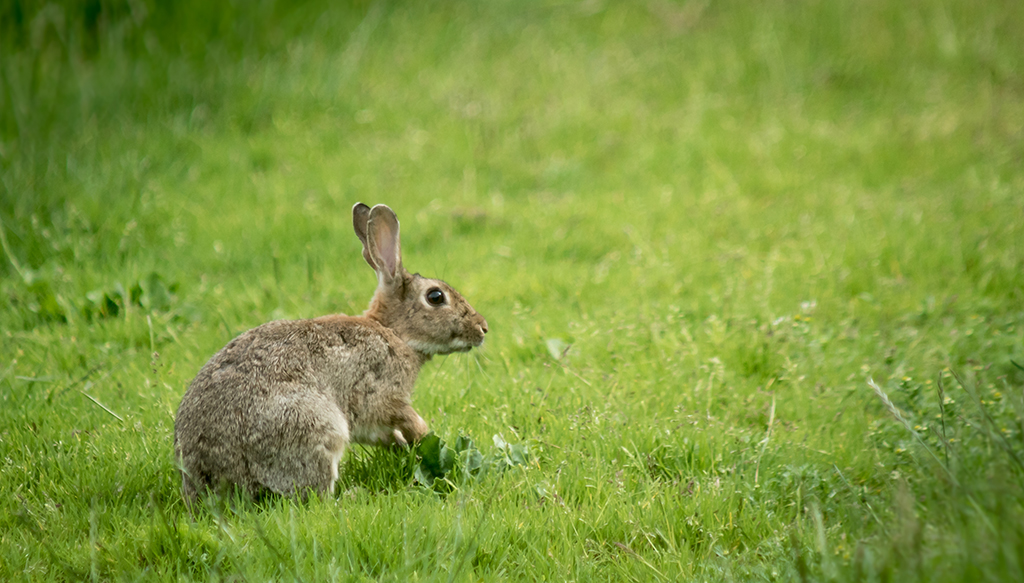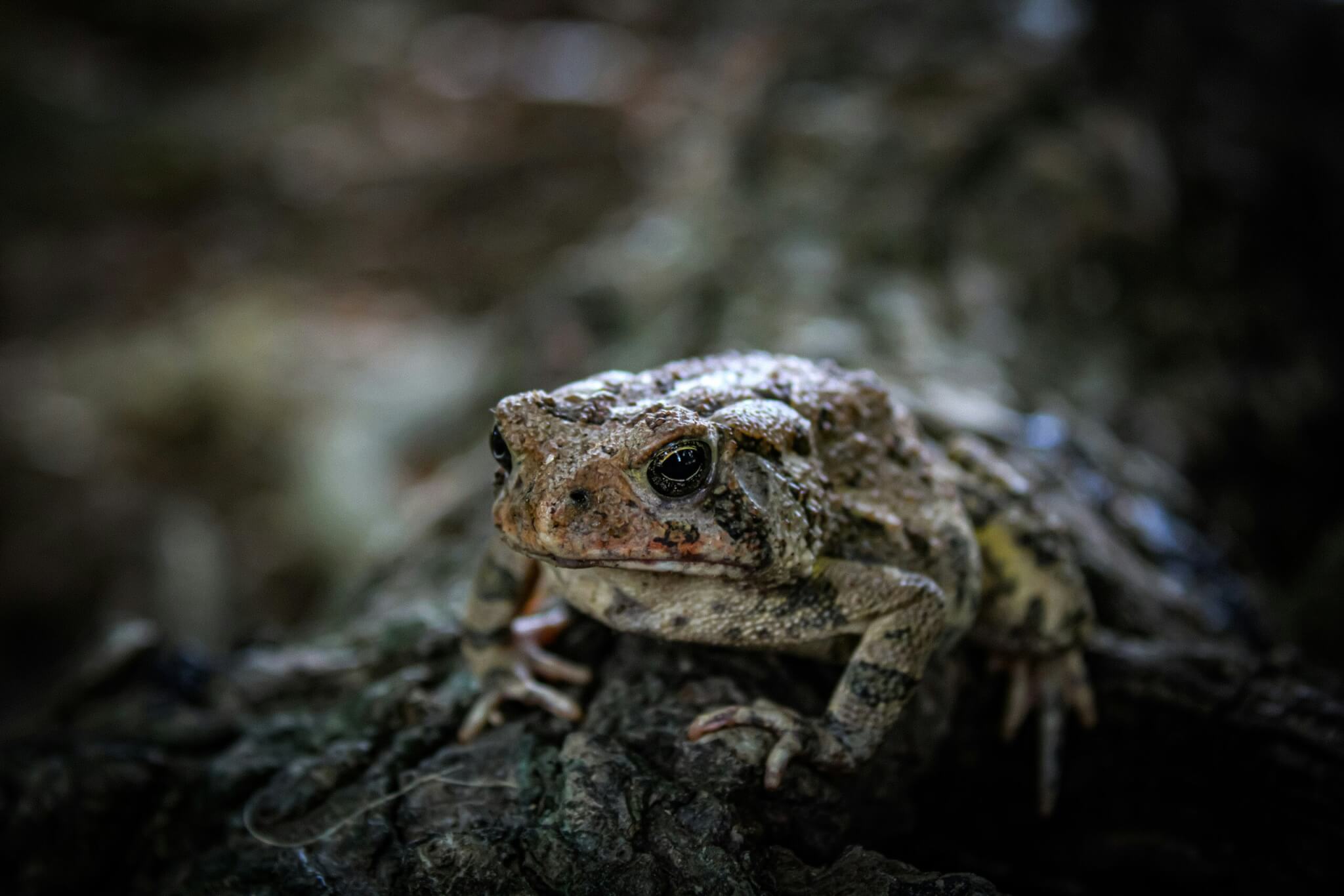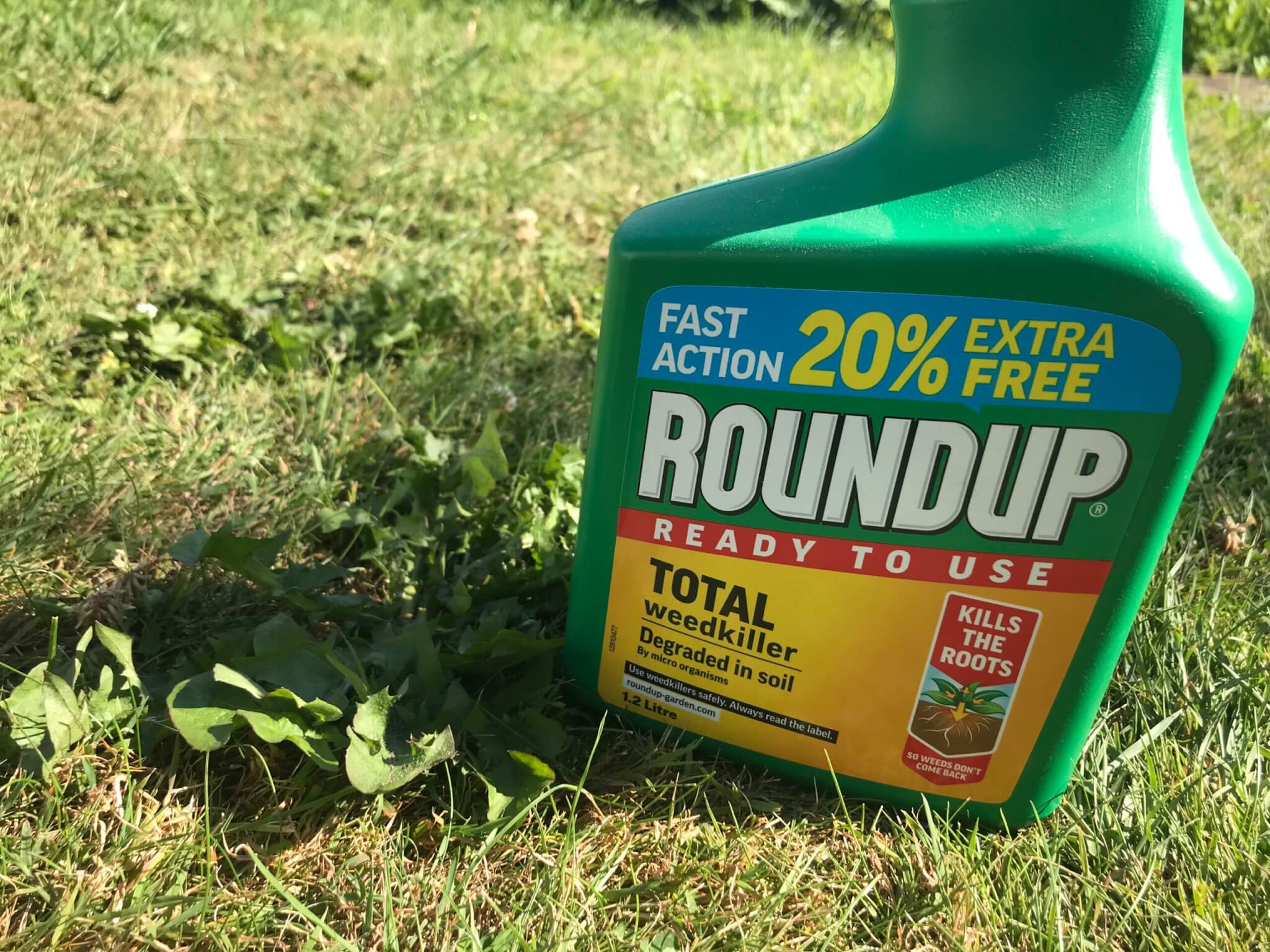A few years ago, I met a man who taught me almost everything I know about hunting. Not the bright red jacket, sat on a horse, chasing foxes kind of hunting. I mean, the true nature of the word. How to track, how to stalk and how to know your prey. But more than that, he taught me how to use as much of an animal as possible, the importance of respecting the life you have taken for sustenance and wasting nothing.
One of the most populous forms of wild game is the European rabbit. Believe it or not, rabbits aren’t native to the UK. They were introduced by the Romans as a valuable resource.
Most farmers, avid gardeners and allotment owners will tell you that rabbits are a pest. They have a terrible habit of eating the tasty things that you’re trying to grow. To stop that happening people turn to population control.

We’ve all heard of the phrase ‘breeding like rabbits’ and this is a surprisingly accurate analogy. A young doe can breed from as young as four months old, with a gestation period of one month and litters of up to seven at a time, you can see how quickly the population grows.
Rabbit meat is not only delicious, if cooked properly, it’s also very nutritious and lean. We know the Romans valued the rabbit as a food source, but what are the other valuable resources that they valued?
The skin and fur of a rabbit are incredibly useful, and without a doubt, the second most important thing my friend taught me was how to cure skins. In a matter of a few days you can turn a rabbit skin into a cured fur, which can be sewn together to make clothing, pouches and blankets.
So, rabbits can produce both food and clothing, both with a low carbon footprint and, other than some time and a fair amount of salt, very little in production costs for the budding homesteader.
Using a slightly different method, involving water and the ash from a fire, you can also soak the skin and cure it with lye. This process takes the fur off the skin, and once stretched and dried, you end up with a stiff board, which has been used for centuries as something to write on – vellum.
Finally – and something predominantly used now by artists and furniture restorers – rabbit bone and hide, when mixed with ammonia and heated for several hours, will leave you with glue. Hide glue is one of the strongest natural wood adhesives you can use, but the best thing about it? It’s reusable.
All of this, to me, begs the question, where is the by-product? The clothes, the paper or the glue?
Or, perhaps, it’s the meat itself that is a tasty by-product of several low carbon, renewable, and reusable resources for building, writing and wearing. It’s a perspective that could transform the way we view resources and the whole concept of sustainability.













Thank you for interesting balanced article about meat and by products